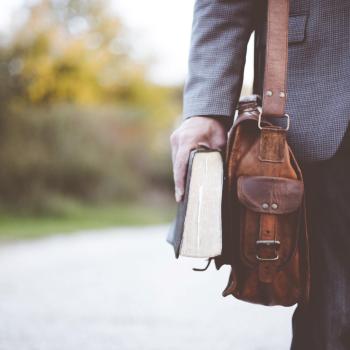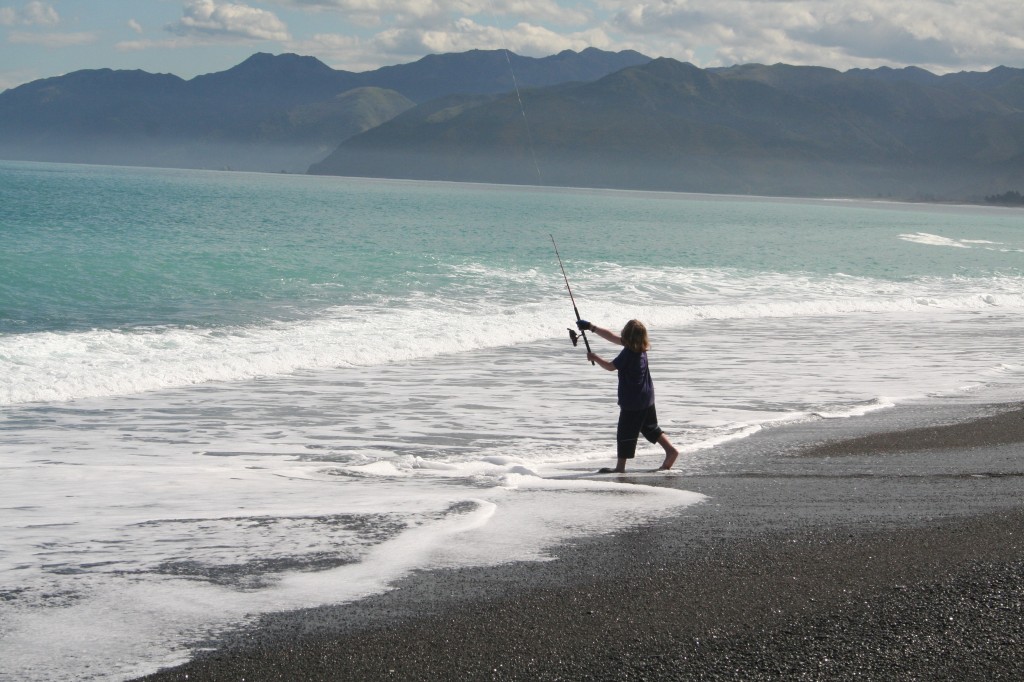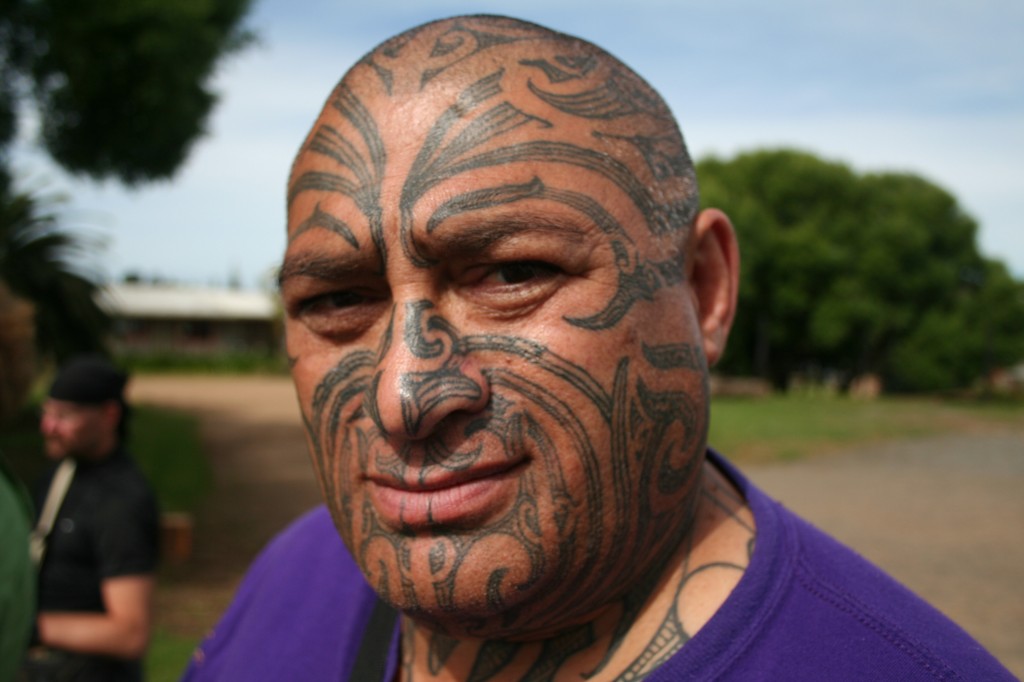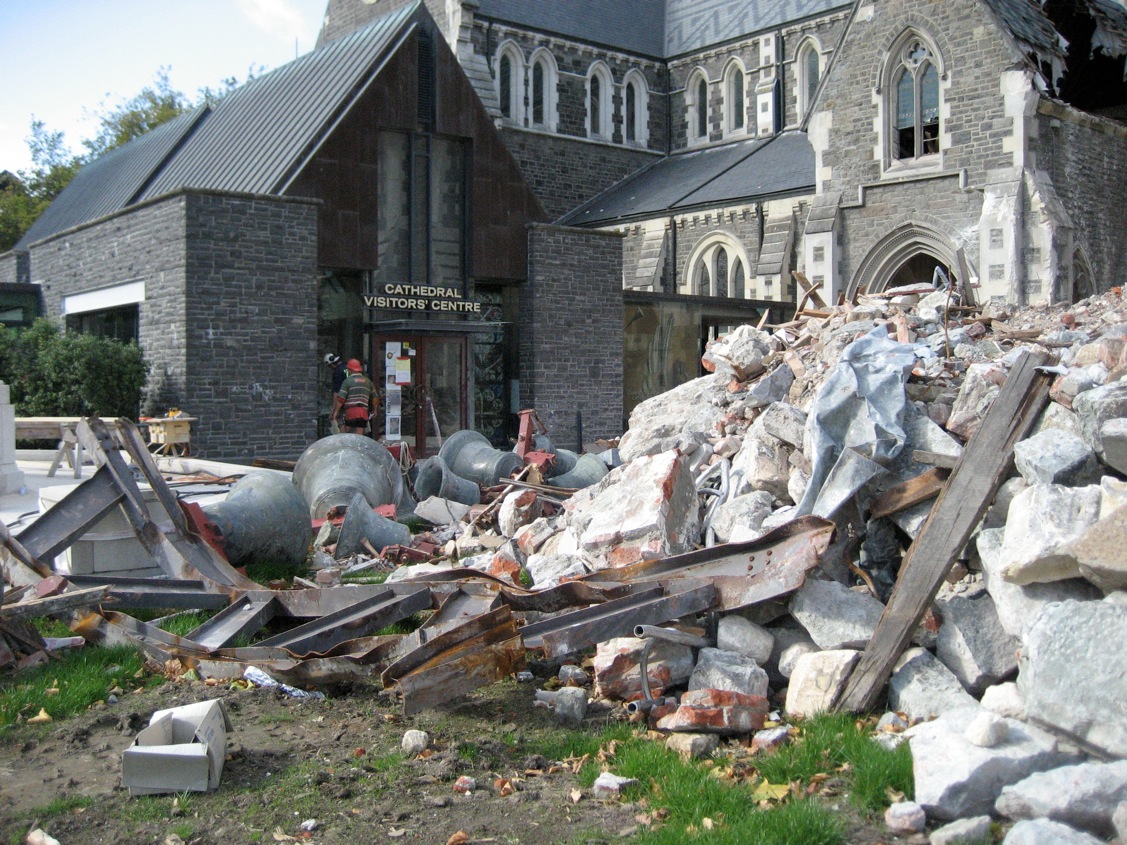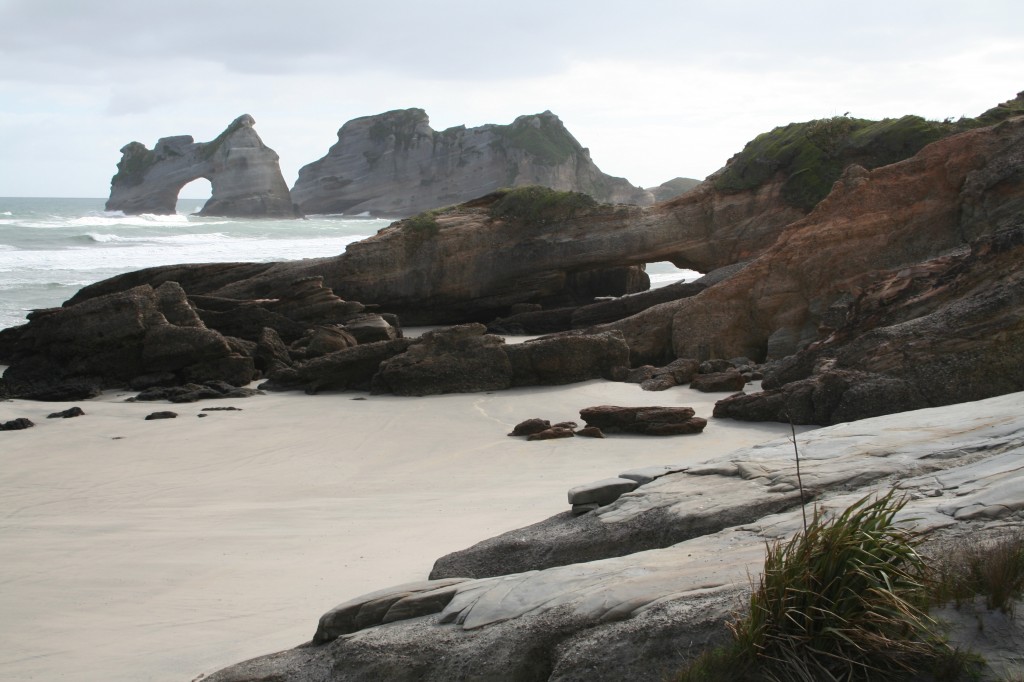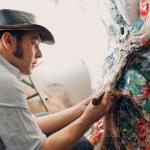I traveled to New Zealand to attend a meeting of the Society of American Travel Writers (my husband got to tag along, and later he’ll be contributing some blog posts as well). New Zealand Tourism put together a wide array of tours that allowed us to focus on our particular specialties. The adventure-travel writers went off to do bungee jumping and deep sea diving, the foodies made a beeline for restaurants and culinary schools, the film aficionados went to Lord of the Rings sites with former orcs (now serving as tour guides, which gives one hope that anyone can be rehabilitated). But I signed up for the best tour of all: the Maori culture tour.
For five days, a small group of us were given a whirlwind introduction to the Maori, the indigenous people of New Zealand. That’s only enough time for a brief sampling, of course, but each day was packed with fascinating experiences, all led by Maori who are eager to share their traditions with the larger world. So what I’ll describe to you are all experiences that you can have if you travel to New Zealand. Even if you can’t travel there in person, I hope you’ll learn something from these posts about Maori culture.
Like indigenous peoples around the world, the Maori have suffered greatly because of colonialism, discrimination, and oppression. As a group they continue to have more than their fair share of social problems and poverty, as they struggle to find a way to reconcile their ancient traditions with the modern world. But increasingly the Maori are finding their voice and revitalizing their culture. As one Maori woman proudly told us, “We’re now invited around the world to advise other indigenous peoples about how they can follow our lead.”

The ancestors of the Maori came to New Zealand at least eight centuries ago from East Polynesia, traveling in ocean-going canoes known as waka (to this day, many Maori know not only their lineage stretching back many generations, but even the name of the waka which brought their ancestors to New Zealand). While there are similarities between Maori culture and that of other Polynesian groups such as Hawaiians and Samoans, New Zealand’s isolation meant that they followed their own distinctive path.
The Maori make up 12 percent of New Zealand’s population, but they have an influence that belies their size. For generations the Maori culture and language were suppressed by Pākehā (New Zealanders of white descent), but within the past two decades there have been dramatic changes. In 1987 Maori was made an official language of New Zealand, and most government agencies and many signs are now bilingual. The Maori have won significant legal victories as well, including one that gave them a percentage of the lucrative commercial fisheries in the country. There are also laws prohibiting the sale of Maori-owned land to non-natives.
Perhaps most significant is that it is now possible for a Maori child to go to school from kindergarten through college in the Maori language. “Reclaiming our language has been the most important thing we’ve done to revitalize our culture,” says Anne McGuire, owner of Tipuna Tours in Gisborne.
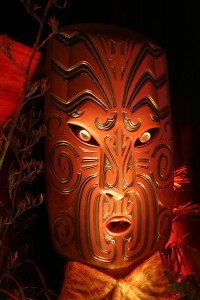
So you don’t think Anne McGuire sounds like a Maori name? “We’re a mongrel race,” Anne explained to us cheerfully. “In fact, there are no full-blooded Maori left in New Zealand. We’re all a blend of white settler families and Maori—and we’re proud of both parts.”
In New Zealand I was struck by the similarities between the Maori and another ethnic group I love: the Irish. Both are seafaring peoples who love stories and song and who relish a good fight. They value clan and family and provide a warm welcome to strangers.
Well, let me clarify that last statement. Technically, when the Maori meet people, they threaten to attack them.
More on that tomorrow!





